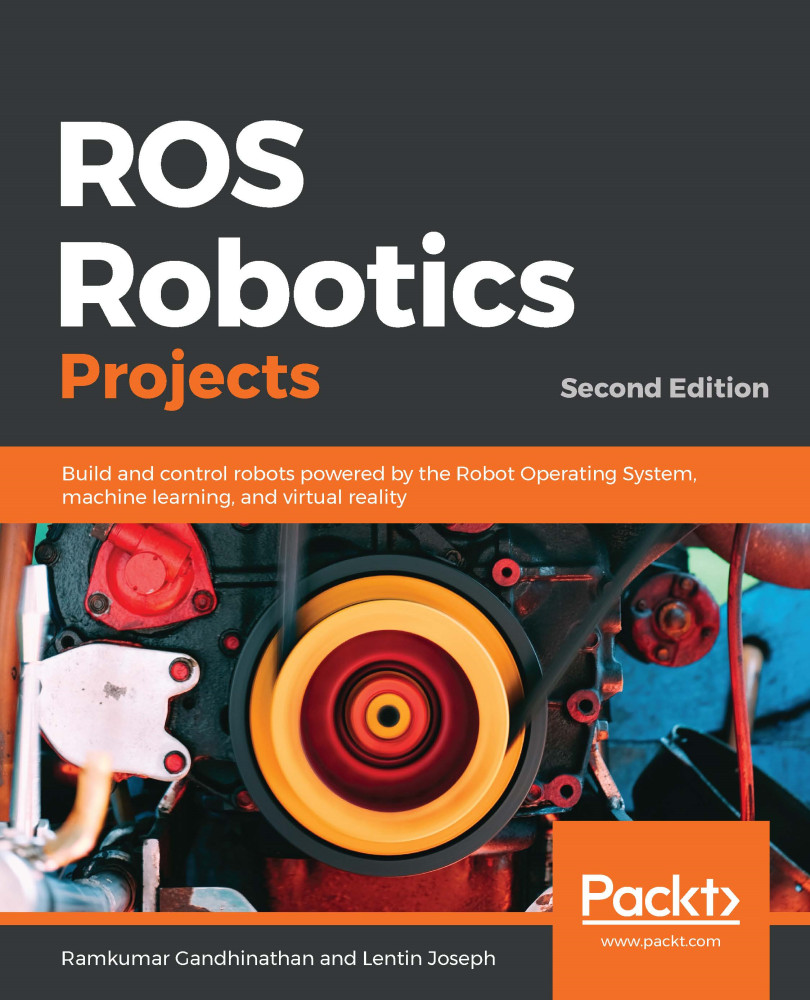Here are the main areas in robotics where we can apply deep learning:
- Deep-learning-based object detector: Imagine a robot wants to pick a specific object from a group of objects. What can be the first step in solving this problem? It should identify the object first, right? We can use image processing algorithms such as segmentation and Haar training to detect an object, but the problem with those techniques is that they are not scalable and can't be used for many objects. Using deep learning algorithms, we can train a large neural network with a large dataset. It can have good accuracy and scalability compared to other methods. Datasets such as ImageNet (http://image-net.org/), which have a large collection of image datasets, can be used for training. We also get trained models that we can just use without training. We will look at an ImageNet...

































































